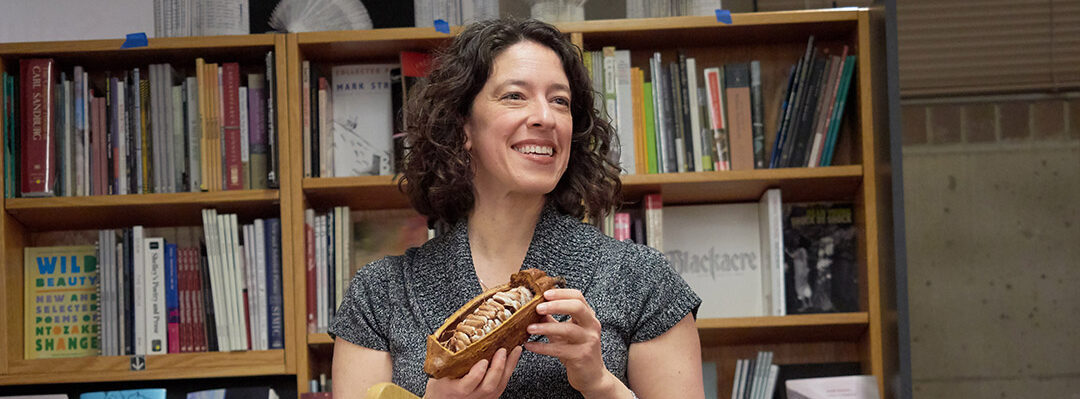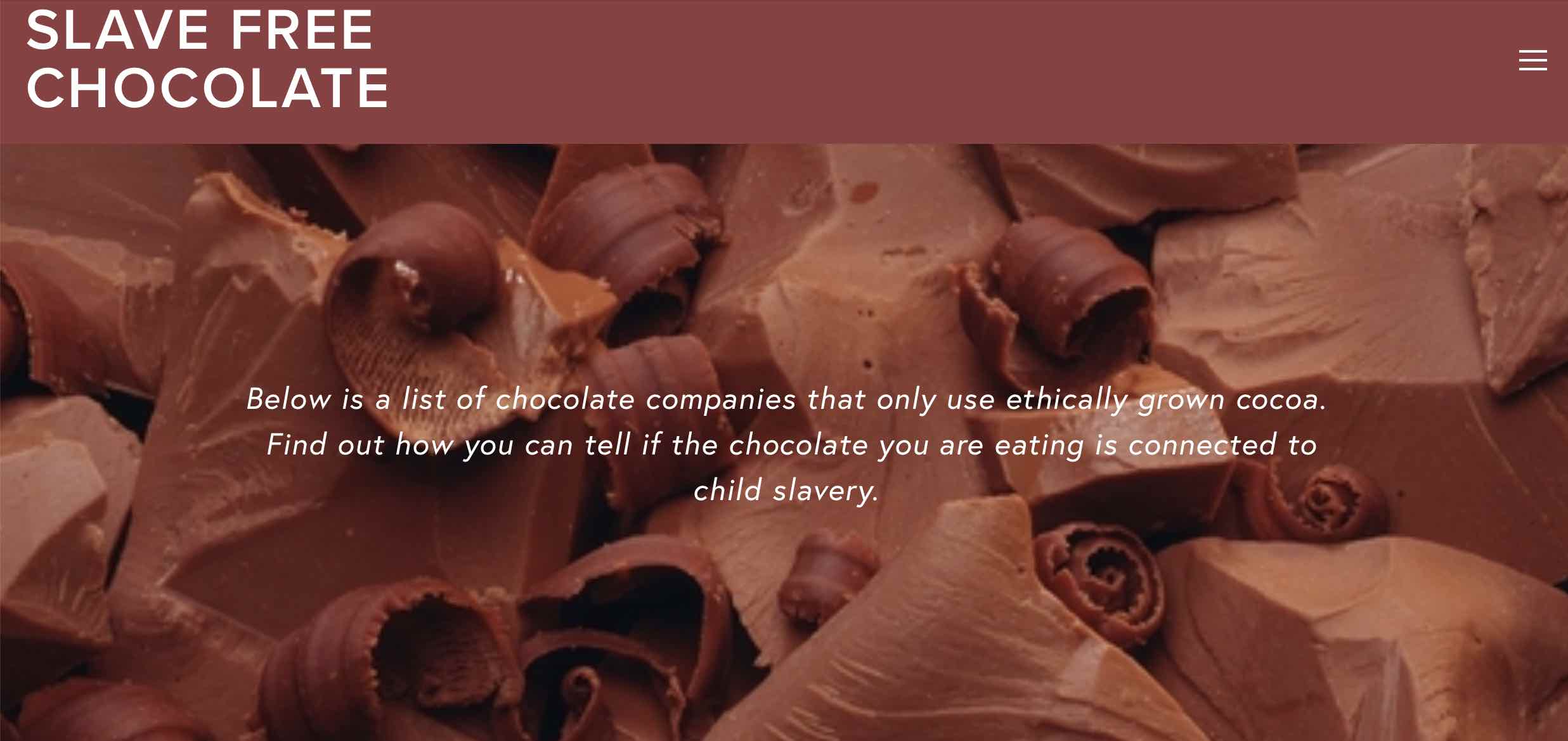In fact, it’s been both longer and shorter than a decade. I began my systematic, scholarly study of this food—chocolate—closer to fifteen years ago, as a graduate student. And the title Dr. Chocolate didn’t emerge until after I finished my PhD, in 2008. It was Steve DeVries who gave it to me, when I told him that I had studied the political, economic, and cultural life of chocolate for my doctoral dissertation. (Certainly it was not a name I’d have given to myself; as one bestowed upon me, though, I liked it and it’s stuck.)
But the past decade has seen dramatic changes in American craft chocolate, and I have been fortunate to witness them up close. Back in 2008, at the first Northwest Chocolate Festival in Portland, Oregon, I moderated the keynote panel and gave a talk, as did several of the craft makers who existed at that time. We were all spread out across venues around town, so I didn’t get to attend everything. But what I did see—I think back on it now and smile to myself. It seems so young, so green, although at the time it was absolutely cutting edge, for the US at least (the rest of the Americas, Europe—those were different stories).
Many of us were giving these tree-to-bar talks, showing audiences pictures of Theobroma cacao, and of the many machines that it takes to turn the fruit of that tree into chocolate. I showed my photos from West Africa, and Steve showed his from Central and South America, and I’m sure Mott Green, rest his dear soul, told us all stories about Grenada. Maybe he showed pictures too.
Many of our audience members were wow’ed to learn that cocoa grew on a tree. For my part, I was beyond excited to share that fact. I still felt awed at having seen the tree in person—if I’d been living in a genre during that time of fieldwork, it would have been magical realism. My first cocoa pod, a gorgeous, hefty ruby on Bob and Pam Cooper’s farm outside of Kona, on the Big Island of Hawaii, looked and felt like some fantastical creature, as if I had met a phoenix or a centaur.
Brian Cisneros, who founded the Northwest Chocolate Festival (and still serves as its Executive Director), wanted an event that focused on education as much as eating. In 2008, we could show pictures of trees, and that was new, and fresh, and wondrous for everyone involved. Education around chocolate had begun.
When the festival moved to Seattle in 2010, Brian invited me to serve as Education Director, a role I undertook for the next four events. During that time, the education segment grew, as the craft chocolate market began to take off, and by the end of my tenure it was the largest public education program on chocolate in the country. While I curated the program, I was too close to it to have any real sense of its change. It took until last weekend, attending the 2015 festival—my first opportunity to participate as observer and researcher, instead of giving and supporting talks—for the change to sink in.
And what change has come. A program that was once satisfied by tree-to-bar was now a collection of in-depth, serious inquiries into not only the value chain, but the many social, economic, and cultural aspects of chocolate (politics—including cultural politics of race, class, and gender—has yet to be addressed rigorously, in my assessment).
There was a whole panel on price. Price! That mandatory keyword, central to every speech on cocoa trade ethics (“We’re paying a fair price to our farmers”), but that no one ever specifies (“Really? How much?”). Seneca Klassen gave one of the most thoughtful talks I had the pleasure of attending, combining—somehow—botany, history, and political economy in discussing Lonohana Hawaiian Estate Chocolate. Audience members were riveted by Dr. Kathryn Sampeck’s detailed review of her archaeological work on chocolate drinking vessels, and what these tell us about the genealogy of the word “chocolate” and its historical cultural forms.
But it was not only the diversity and depth of the talks that struck me; audience knowledge did too. Surely, many attendees must have been new learners regarding chocolate. But an astonishing number were far advanced in their studies. At every talk I attended, people raised their hands during the Q&A, and ask beautifully knowledgeable questions. When makers were at the podium, they asked about machines—not, “What does a conch do?”, but questions about specific machine models and their comparative efficacy. They posed multiple inquiries regarding cocoa fermentation levels. They compared various cocoa harvests, experienced, apparently, through regular and systematic bar tastings. A class from Evergreen State College attended, and I saw the students scribbling furiously in notebooks throughout the weekend, nodding or shaking their heads when the speaker made a particularly profound comment about the industry: a new generation of chocolate experts in the making.
It is a gratifying thing, this height of awareness. Looking back on these years studying the industry, it gives me fresh energy and enthusiasm for looking ahead: as advanced as we have already become in our collective chocolate knowledge, I believe we have only just opened the door.




